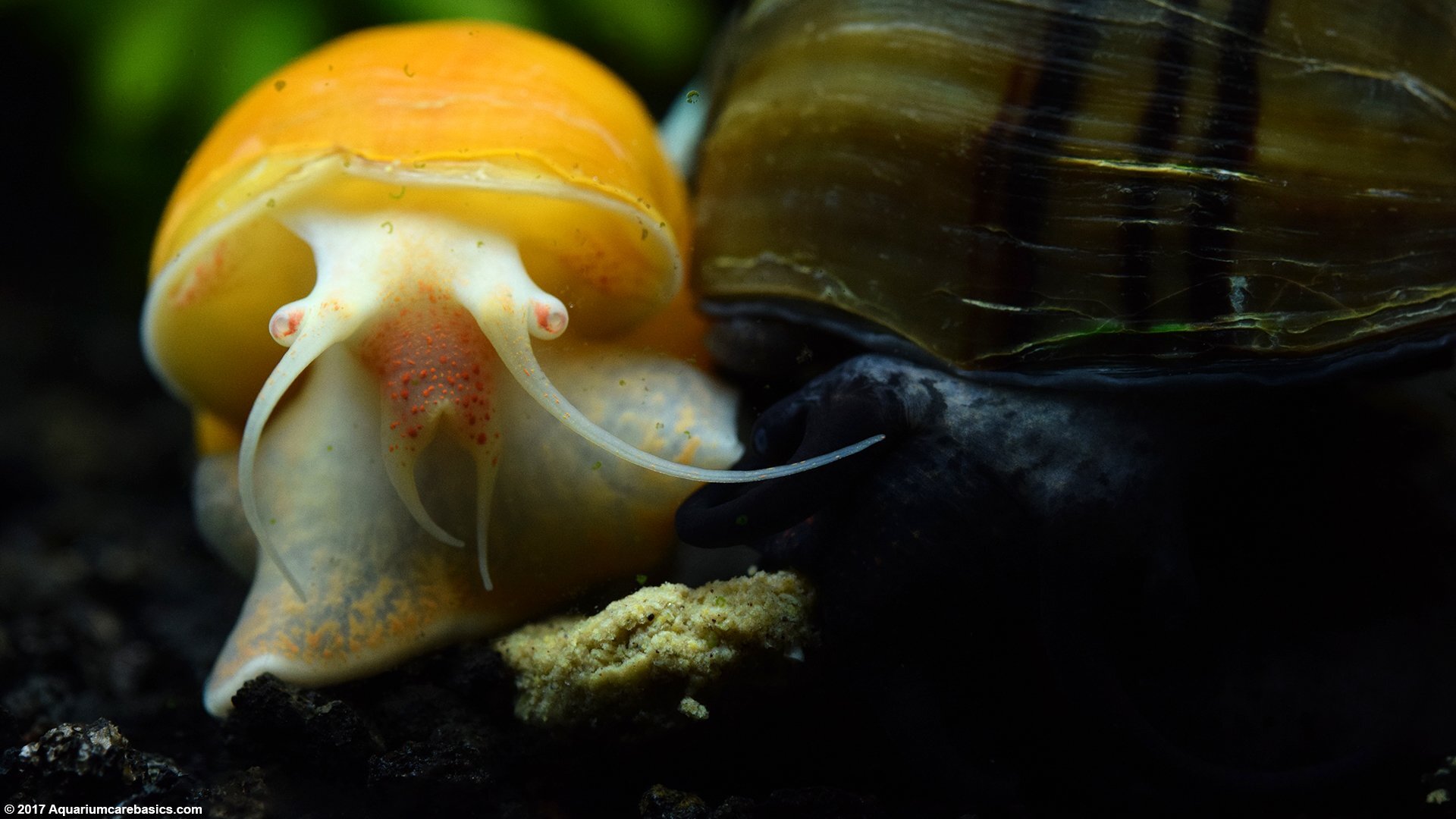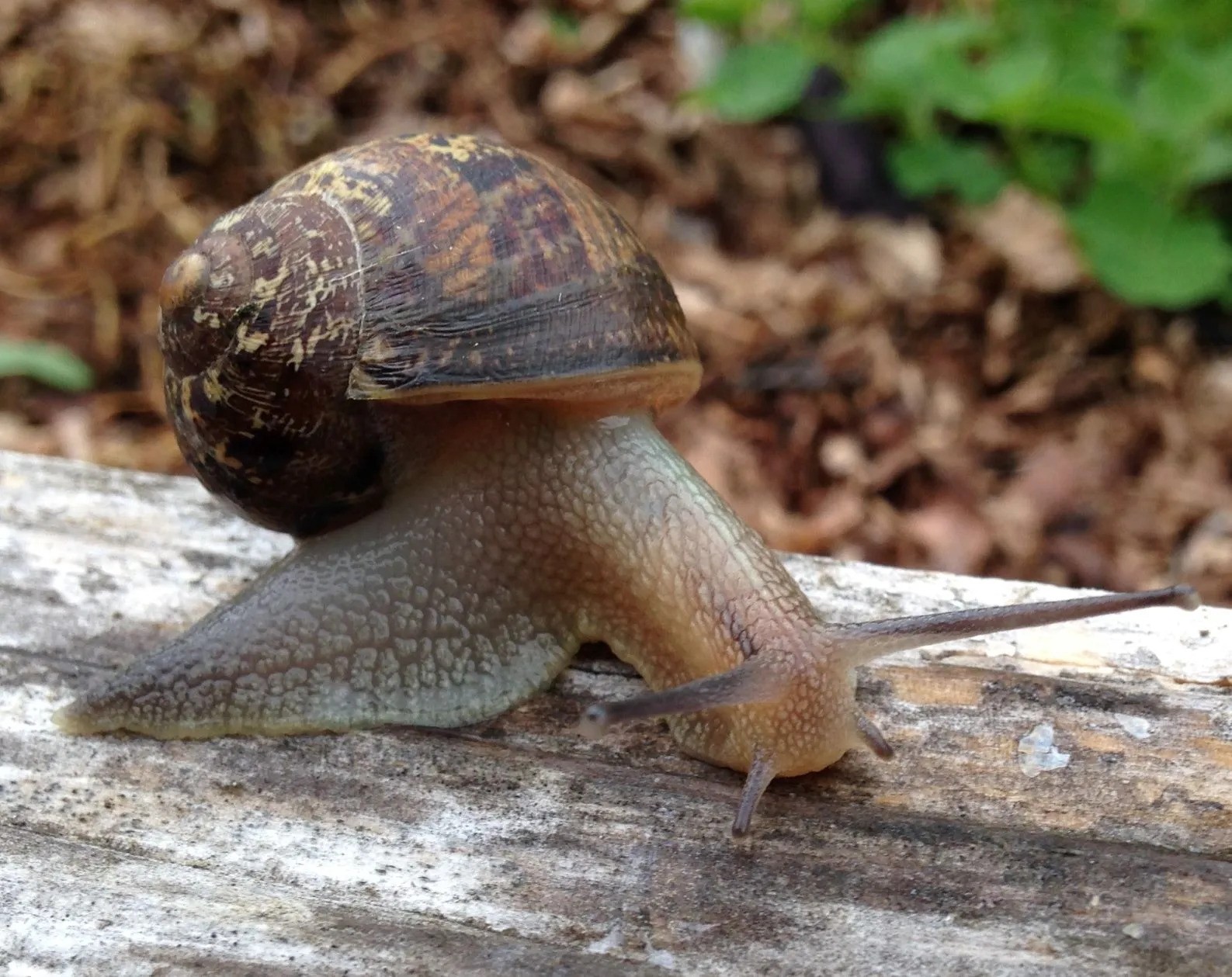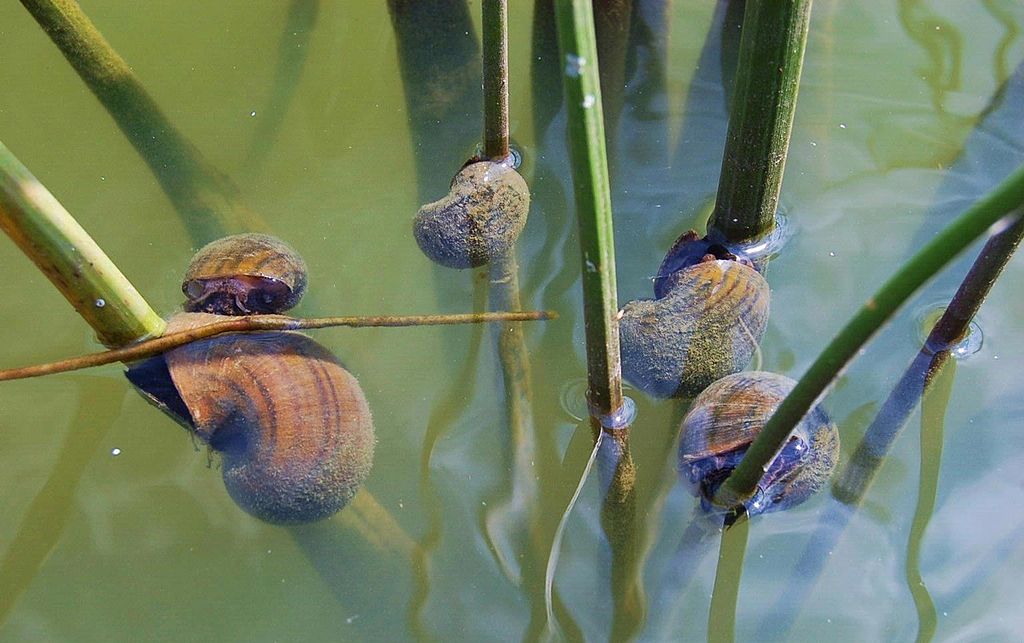Understanding Apple Snails

Apple snails are a group of freshwater gastropods that belong to the family Ampullariidae. These snails are native to South America but have spread to various parts of the world, including the southern United States. Louisiana, with its warm climate and abundant wetlands, provides an ideal environment for these snails to thrive.
Physical Characteristics
Apple snails are known for their large, rounded shells that can grow up to six inches in diameter. Their shells come in various colors, including shades of brown, green, and yellow, often with intricate patterns. The snails have a distinct operculum, a hard plate that covers the opening of their shell when they retract inside, providing protection against predators.
Reproductive Behavior
Apple snails are prolific breeders. They lay large clusters of eggs above the waterline, which are easy to spot due to their bright pink or white color. These eggs hatch into tiny snails that quickly grow and continue the reproductive cycle. The high reproductive rate of apple snails contributes to their rapid population growth in favorable conditions.
Apple Snail Louisiana: Habitat and Distribution

Apple snails are commonly found in Louisiana’s wetlands, rivers, and lakes. The state’s warm, humid climate, coupled with its extensive network of waterways, creates an ideal habitat for these snails. They prefer slow-moving or stagnant waters with plenty of vegetation, which they feed on.
Impact on Local Ecosystems
The presence of apple snails in Louisiana has both positive and negative ecological implications. On one hand, they play a role in controlling algae and aquatic plant growth, which can benefit certain water bodies. On the other hand, their voracious appetite for vegetation can lead to the depletion of native plant species, disrupting the balance of local ecosystems.
Positive Ecological Roles
Apple snails contribute to the nutrient cycling in aquatic ecosystems by consuming decaying plant matter and algae. This helps to keep the water clean and supports the growth of other aquatic organisms. Additionally, they serve as a food source for various predators, including birds, fish, and amphibians.
Negative Ecological Impact
However, the negative impact of apple snails cannot be overlooked. In areas where they become overly abundant, they can cause significant damage to crops and native vegetation. This has led to conflicts with local farmers and conservationists who are concerned about the long-term health of Louisiana’s ecosystems.
Managing Apple Snail Populations

Efforts to manage and control the population of apple snails in Louisiana involve a combination of biological, mechanical, and chemical methods. Understanding the lifecycle and behavior of these snails is crucial for developing effective management strategies.
Biological Control
One approach to managing apple snail populations is the introduction of natural predators. Birds, such as herons and egrets, and certain species of fish are known to feed on apple snails. Encouraging the presence of these predators in affected areas can help keep the snail population in check.
Mechanical and Chemical Methods
Mechanical methods include manual removal of snails and their egg clusters from infested areas. This labor-intensive process is often used in smaller bodies of water where other methods may not be feasible. Chemical control involves the use of molluscicides, which can be effective but also pose risks to non-target species and the environment.
The Role of Research and Education
Ongoing research and education are essential components in addressing the challenges posed by apple snails in Louisiana. Scientists are continually studying the behavior, reproduction, and ecological impact of these snails to develop more sustainable management practices.
Scientific Studies
Research efforts focus on understanding the genetics, physiology, and environmental requirements of apple snails. This knowledge helps in predicting their spread and devising targeted control measures. Collaborative projects between universities, government agencies, and conservation organizations play a pivotal role in these research endeavors.
Public Awareness and Involvement
Educating the public about the impact of apple snails and the importance of controlling their population is crucial. Outreach programs, workshops, and informational materials can help communities recognize and report sightings of these snails. Involving local residents in monitoring and management efforts fosters a sense of stewardship and collective responsibility for protecting Louisiana’s natural resources.
Conclusion
The fascinating world of apple snails in Louisiana presents a complex interplay between nature and human activity. While these snails contribute to the ecological dynamics of their habitats, their potential to disrupt local ecosystems cannot be ignored. Through a combination of research, education, and management practices, it is possible to mitigate the negative impacts of apple snails and ensure the health and diversity of Louisiana’s aquatic environments. As we continue to learn more about these intriguing creatures, we can better appreciate their role in the intricate web of life that defines Louisiana’s unique natural heritage.

